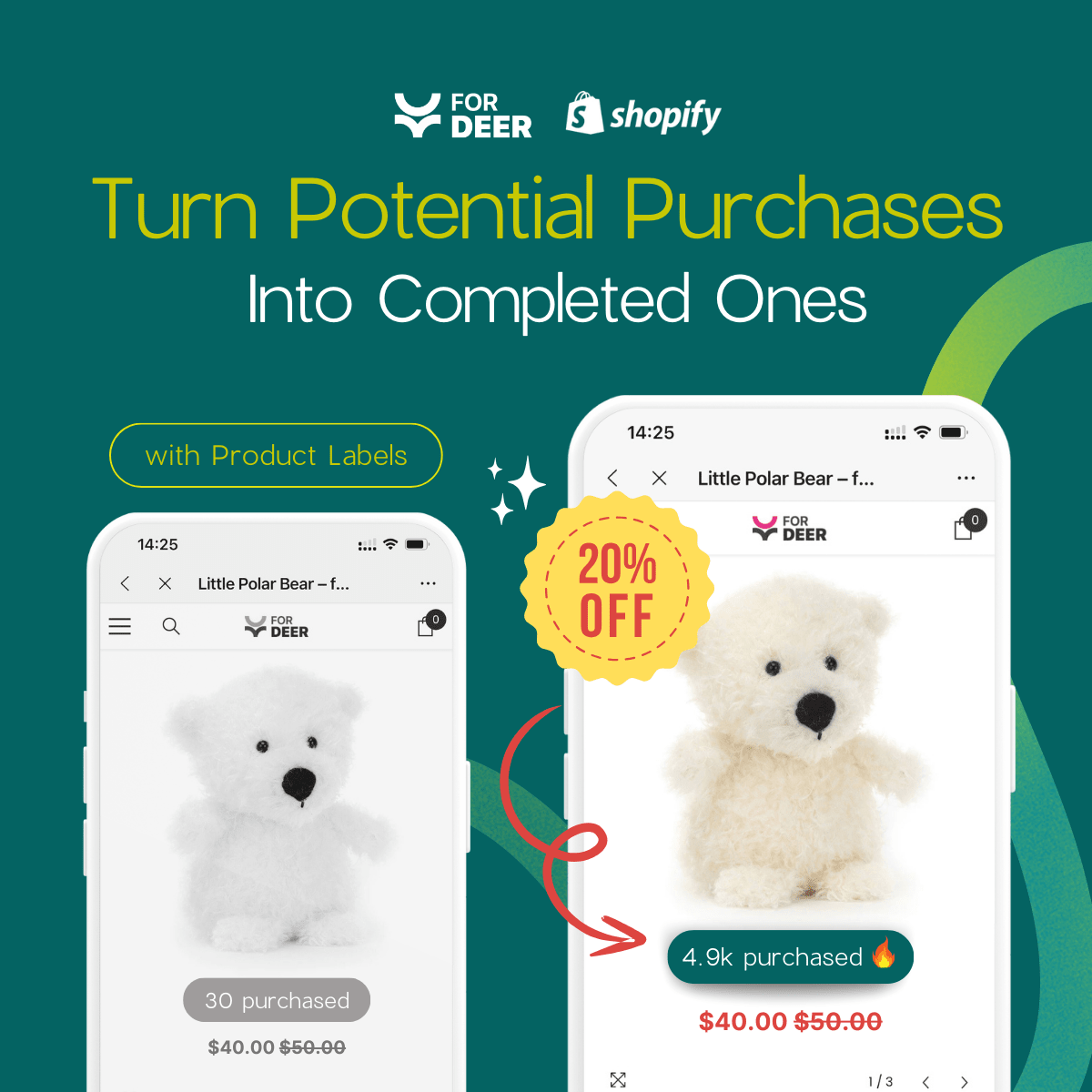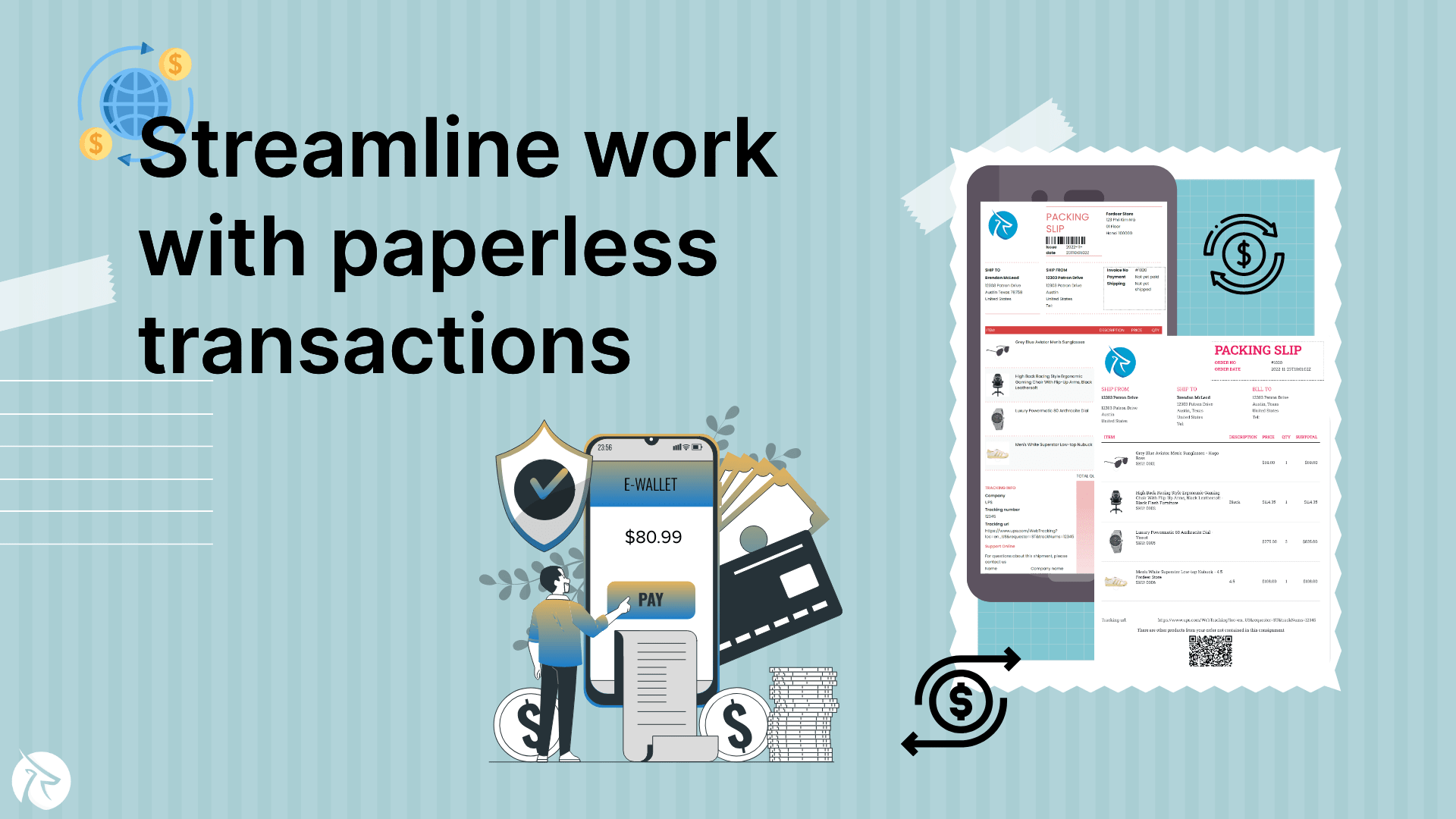Direct to Customer vs. Traditional Retail Business Model: The differences
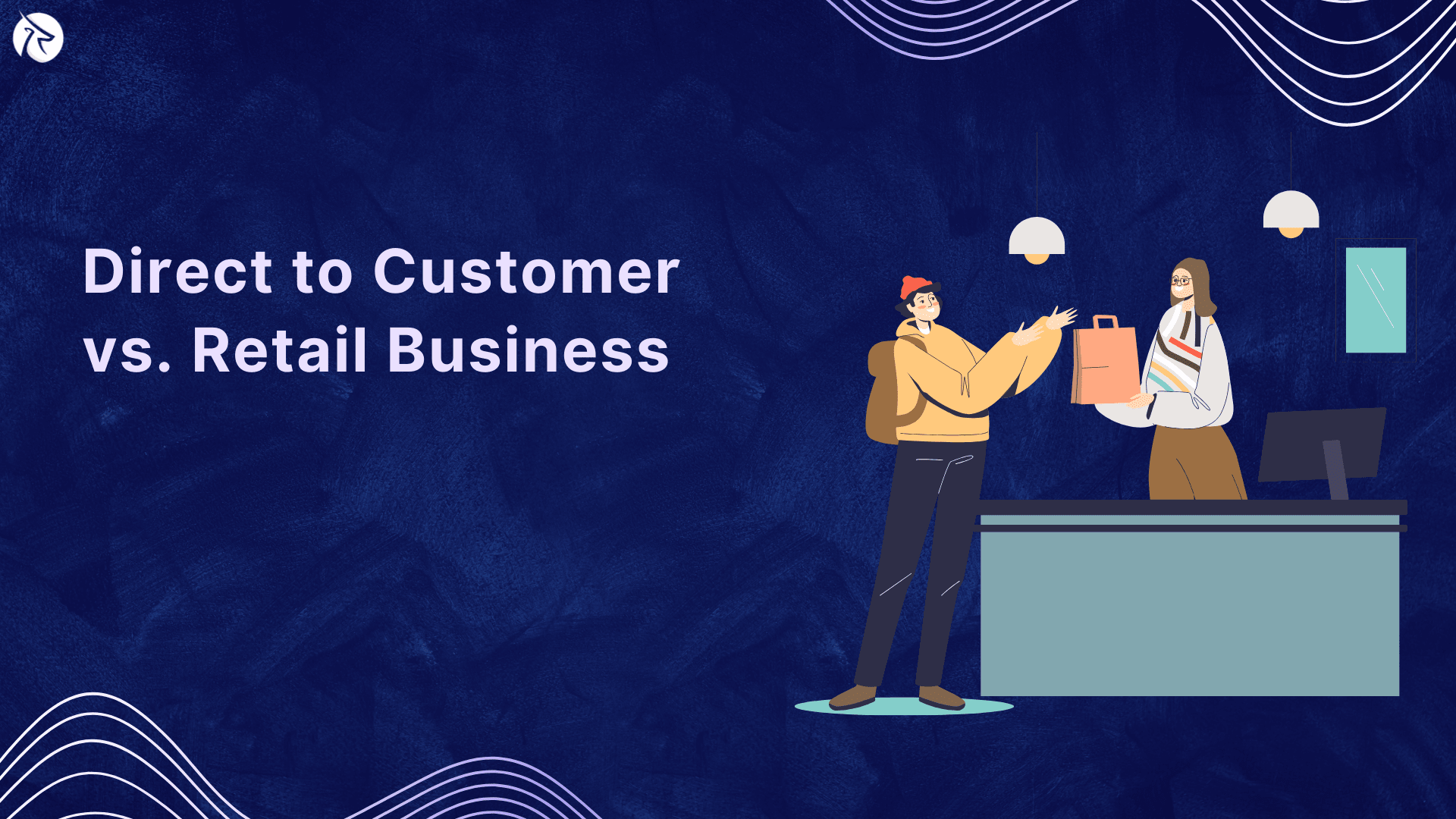
Businesses are faced with crucial decisions regarding their distribution channels. Two prominent contenders in this arena are the Direct-to-Customer (DTC) model and the Traditional Retail Business model. Each approach comes with its own set of advantages and challenges, and understanding the differences between them is essential for making informed decisions in today's competitive market. Let’s now dive in with Fordeer!
Quick Overview of Direct-to-Customer vs. Traditional Retail Business Model
Definition of Direct to Customer
A Direct-to-Customer (DTC) business model refers to a strategy in which a company sells its products or services directly to consumers, bypassing traditional intermediaries such as retailers, wholesalers, or distributors. This approach allows businesses to establish a direct relationship with their customers, gaining more control over the entire customer experience, from product development to sales and customer support.

In a Direct-to-Customer model, companies typically leverage online platforms, e-commerce websites, and digital marketing channels to reach and engage their target audience. By eliminating the middlemen, DTC businesses aim to streamline operations, reduce costs, and have a more personalized interaction with their customers.
Key characteristics of Direct-to-Customer business model include:
- Online presence
- E-commerce integration
- Brand control
- Data utilization
- Customer relationship management (CRM)
- Supply chain efficiency
- Agile adaptation
Definition of Traditional Retail Business Model
The traditional retail business model is a well-established approach in which products or services are sold through a network of intermediaries, including wholesalers, distributors, and retailers. This model has been the dominant method of commerce for many years and involves several key players in the supply chain between manufacturers and end consumers.

Key characteristics of the traditional retail business model include:
- Wholesale distribution
- Retailers
- Physical presence
- Inventory management
- Limited direct-to-consumer interaction
- Advertising and promotion
- Supply chain complexity
Direct to Customer vs. Retail: The key differences
Customer acquisition costs
D2C enterprises often grapple with higher customer acquisition costs (CAC) compared to their retail counterparts. This arises from the imperative need to invest significantly in marketing and advertising, as they aim to directly connect with their target consumers. Additionally, D2C ventures undertake the responsibility of constructing and maintaining their own eCommerce platforms, coupled with managing the intricate logistics associated with shipping products directly to consumers.
On the flip side, traditional retail businesses enjoy a distinct advantage with lower CACs. This stems from their ability to leverage established partnerships with retailers, who serve as valuable conduits to reach the intended consumer base. Retailers, armed with pre-existing eCommerce platforms and physical stores, provide accessible avenues for consumers to discover and procure products. Furthermore, the burden of logistics, including the shipment of products to stores, is efficiently shouldered by the retailers.
In essence, the comparison between D2C and traditional retail models underscores the varied approaches businesses adopt to connect with their audience. While D2C businesses embrace a more direct and personalized interaction, traditional retail models leverage established retail channels to streamline customer acquisition and distribution processes. Understanding these nuances is essential for businesses navigating the intricate landscape of consumer engagement and commerce.
Brand awareness
Direct-to-Customer (D2C) businesses find themselves facing the unique challenge of cultivating brand awareness from the ground up. Starting essentially from scratch, D2C enterprises invest significantly in marketing and advertising endeavors to directly connect with their target consumers. The process of gaining widespread recognition can be a gradual one, often taking months or even years for a D2C business to firmly etch its presence in the collective consumer consciousness.
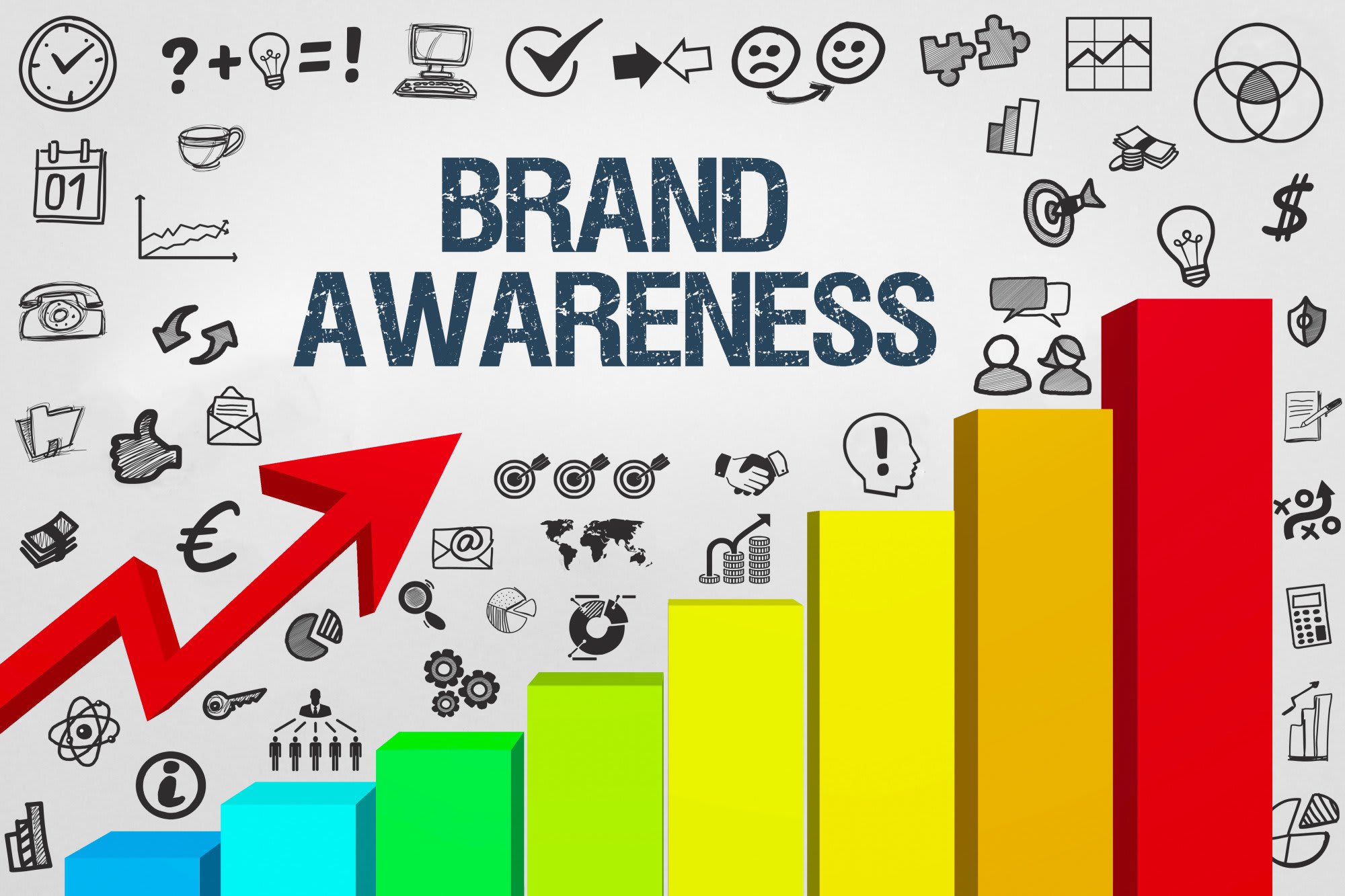
In contrast, traditional retail businesses enjoy a distinct advantage in the realm of brand awareness. This advantage stems from the symbiotic relationship they share with established retailers. By aligning with well-known retail partners, traditional retail businesses can leverage the existing awareness and trust that consumers associate with these retail giants. Consumers, already familiar with and trusting of popular retailers, are naturally inclined to extend this trust to products carried by these retailers, providing a significant boost to the brand awareness of products in the traditional retail model.
Pricing
The landscape for Direct-to-Customer (D2C) businesses stands out for its cost efficiency, ultimately translating to lower prices for consumers. The absence of intermediary costs, typically associated with third-party involvement, enables D2C businesses to offer more budget-friendly prices. Furthermore, the direct control over the entire customer experience empowers these businesses to seamlessly implement discounts and promotions, enhancing their ability to cater to the savvy shopper.
Conversely, the pricing dynamics take a different turn in the traditional retail business model. Retail businesses often grapple with higher price points, primarily as a consequence of the additional costs incurred through collaboration with retailers. These collaborative endeavors necessitate the covering of expenses related to retail partnerships.
Moreover, retailers commonly enforce Minimum Advertised Prices (MAP) for the brands they carry, placing constraints on the brands' ability to readily discount their products. This practice contributes to the relatively higher prices associated with the traditional retail model, creating a distinctive contrast with the cost structure of D2C businesses.
Customer relationships
Direct-to-Customer (D2C) businesses unfurl a unique advantage: the ability to forge direct connections with their consumers. By selling products or services directly, D2C enterprises assume control over the entire customer experience, fostering an environment where they can build genuine rapport with their clientele.
This direct line of communication allows D2C businesses to not only understand but also respond proactively to the evolving needs and wants of their customers. The intimacy inherent in this approach positions D2C businesses to cultivate lasting relationships and provide a personalized journey for each consumer.
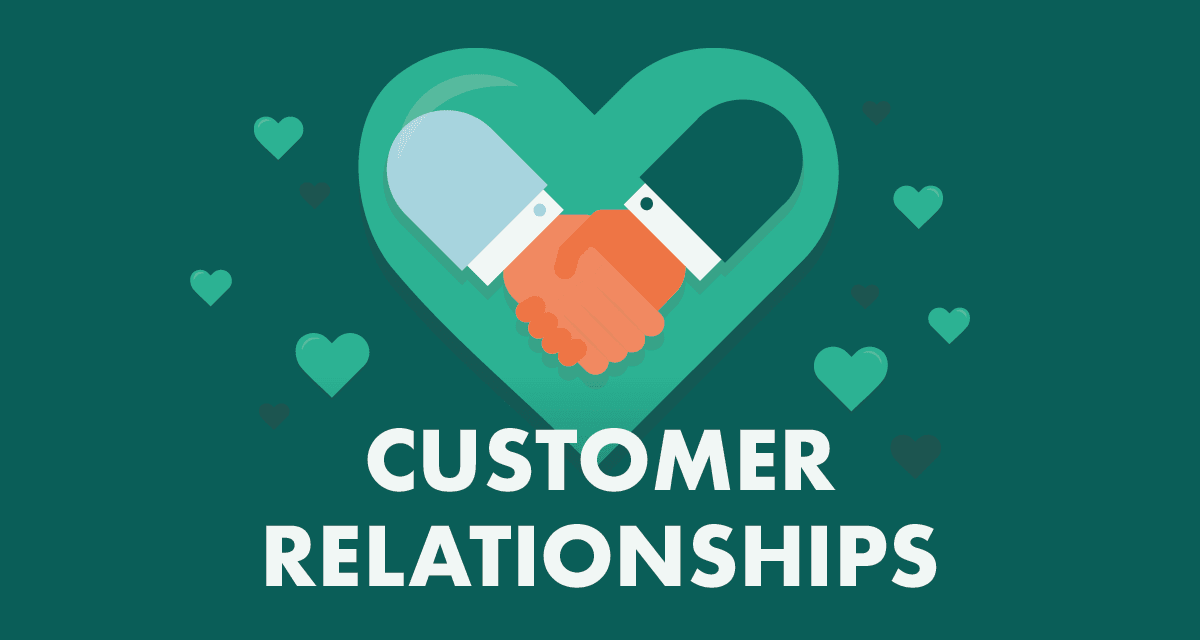
On the flip side, traditional retail businesses encounter a different set of challenges in the realm of customer relationships. Relying on intermediaries, these businesses operate within the parameters set by third-party retailers, relinquishing some control over the customer experience.
Consequently, traditional retail businesses often find it more challenging to establish strong connections with their customers. The indirect nature of their sales model makes it harder to gather valuable customer data, hindering their ability to tailor offerings and services to the unique preferences of individual consumers.
Product selection
Direct-to-Customer (D2C) businesses carve a distinct path marked by unparalleled flexibility. Freed from the constraints of retailer preferences, D2C enterprises find themselves at liberty to curate a dynamic product lineup. This autonomy allows them to experiment with new offerings, swiftly adapting their inventory to match the ever-evolving landscape of consumer demand. The agility to introduce or retire products swiftly positions D2C businesses as nimble players, capable of fine-tuning their selections to align seamlessly with customer preferences.
In contrast, traditional retail businesses encounter a different set of considerations in the realm of product assortment. Constrained by the necessity to cater to retailer preferences, these businesses find their product selection more delimited. The need to align with what retailers are willing to stock imposes boundaries on the variety of items they can offer.
Additionally, the introduction of new products involves navigating a retailer's approval process, introducing an element of complexity, and elongating the timeline for experimentation. Consequently, the traditional retail model faces a more deliberate pace in adapting to emerging consumer trends and preferences.
Scalability
The Direct-to-Customer (D2C) model emerges as a champion of flexibility and autonomy. Scaling for D2C businesses is a more streamlined endeavor, unencumbered by the reliance on third parties. This independence allows D2C enterprises to invest confidently in their own eCommerce platforms and logistics infrastructure, providing a solid foundation to accommodate a burgeoning customer base. The ability to control and invest in these integral components positions D2C businesses on a trajectory for seamless expansion.
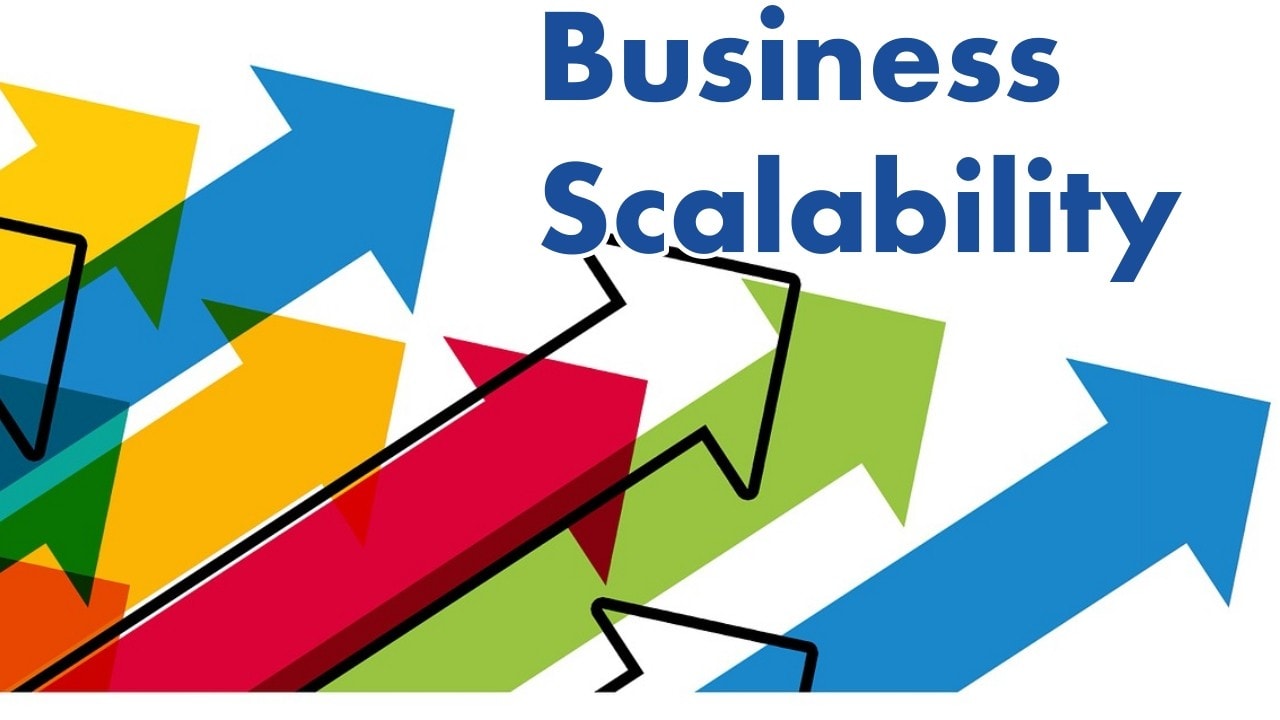
Conversely, the path to scalability for traditional retail businesses unfolds against a different backdrop. The collaborative nature of their model, entailing partnerships with retailers, introduces complexities that can pose challenges during periods of rapid growth. Retail businesses may encounter obstacles if their partnered retailers struggle to keep pace with the surge in demand.
Additionally, expanding into diverse geographical markets may require multiple retail partnerships, adding another layer of intricacy to the scalability process. Navigating these collaborative dynamics demands a strategic approach, often making the scaling journey more intricate for traditional retail models.
Order fulfillment
Direct-to-Customer (D2C) businesses showcase a notable advantage—greater control over the entire process. The reins of inventory management and shipping firmly in their hands, D2C enterprises can orchestrate a seamless fulfillment experience. This control empowers them to invest in a dedicated logistics infrastructure, ensuring that orders are not only processed efficiently but also dispatched to customers with promptness, a crucial element in enhancing the overall customer experience.
Conversely, the traditional retail model finds itself navigating a landscape where order fulfillment is somewhat relinquished to the discretion of retailers. In this scenario, retail businesses are reliant on their retail partners to manage both shipping and inventory.
This dependency introduces a layer of complexity, potentially leading to longer wait times for customers and an increased likelihood of errors in the fulfillment process. The indirect nature of this model can pose challenges to maintaining the swift and error-free order processing that modern consumers increasingly demand.
Returns
Direct-to-Customer (D2C) businesses shine a spotlight on flexibility, particularly when it comes to return policies. The autonomy to manage their own customer service allows D2C enterprises to craft more accommodating return policies, prioritizing a hassle-free experience for customers. This approach is grounded in the commitment to ensure customers' happiness with their purchases, fostering a sense of trust and loyalty.
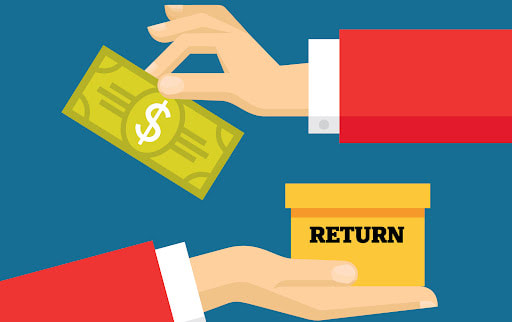
Conversely, the landscape shifts for traditional retail businesses, where adherence to the retailer's policy can introduce a layer of rigidity to return processes. Stricter return policies, often shaped by the guidelines set by the retailer, may create a less customer-friendly environment.
In many cases, customers may find themselves bearing the cost of return shipping, adding an additional hurdle to the return process. This contrast in policies reflects the differing dynamics between the direct control wielded by D2C businesses and the collaborative framework within which traditional retail models operate.
Branding
Direct-to-Customer (D2C) businesses emerge as masters of their narrative, wielding substantial control over their branding. By engaging in direct sales to consumers, D2C enterprises enjoy the freedom to curate and communicate their brand identity with precision.
This autonomy extends to the design of marketing campaigns and websites, providing a canvas upon which they can artfully convey the essence of their brand to their audience. The ability to shape every facet of the customer experience places D2C businesses in a unique position to foster a consistent and authentic brand image.
Conversely, the terrain shifts for traditional retail businesses, where the collaborative nature of their model introduces a layer of complexity to brand control. Operating through third-party retailers, traditional retail businesses find themselves navigating within the contours of the retailer's guidelines for marketing and branding. This collaborative framework, while providing access to broader markets, may necessitate aligning with the retailer's vision, potentially diluting the precision and autonomy that D2C businesses enjoy in shaping their brand narrative.
In conclusion,
The choice between Direct-to-Customer and Traditional Retail Business models ultimately depends on the nature of the products, target audience, and business goals. Some businesses may find success in a hybrid approach, combining elements of both models to maximize reach and optimize the customer experience.
Stay tuned by following Fordeer Team!
For more invaluable information, stay updated with Fordeer Team!
- Install Fordeer Apps for Free
- Get immediate assistance by chatting with us.
- Join Fordeer Commerce Community for fresh app updates, expert tips, and private deals.



